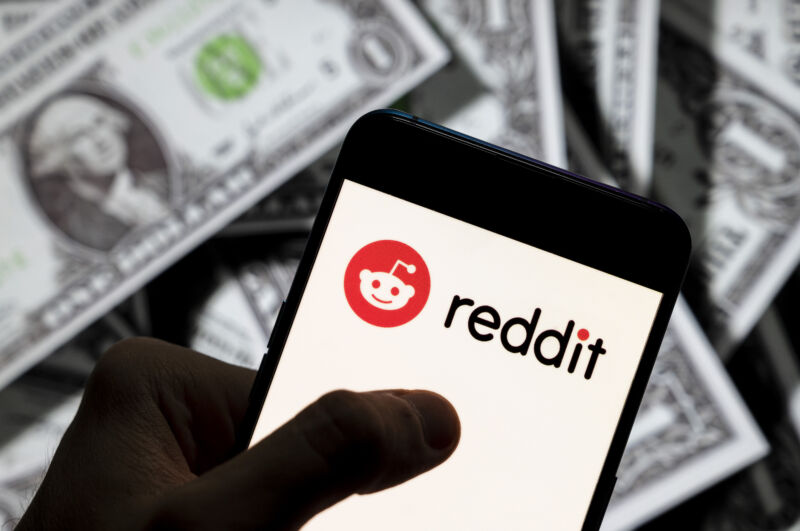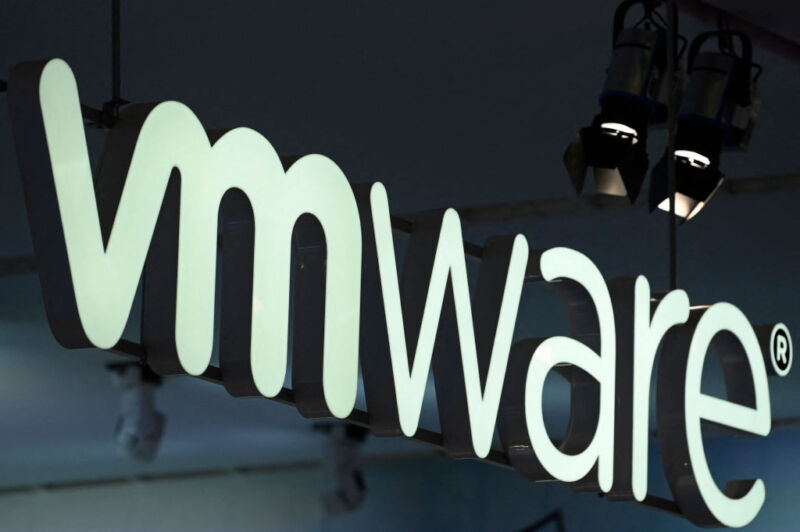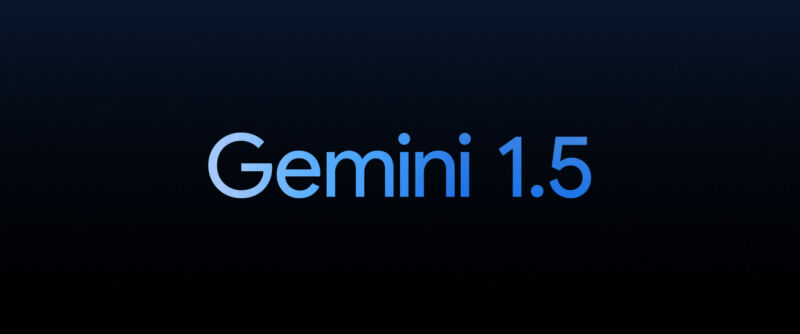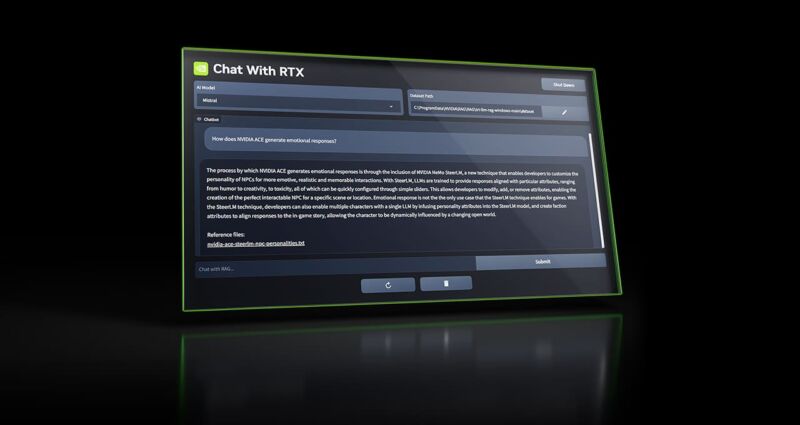Enlarge (credit: Rob Engelaar | Getty Images)
Law enforcement agencies including the FBI and the UK’s National Crime Agency have dealt a crippling blow to LockBit, one of the world’s most prolific cybercrime gangs, whose victims include Royal Mail and Boeing.
The 11 international agencies behind “Operation Cronos” said on Tuesday that the ransomware group—many of whose members are based in Russia—had been “locked out” of its own systems. Several of the group’s key members have been arrested, indicted, or identified and its core technology seized, including hacking tools and its “dark web” homepage.
Graeme Biggar, NCA director-general, said law enforcement officers had “successfully infiltrated and fundamentally disrupted LockBit.”









